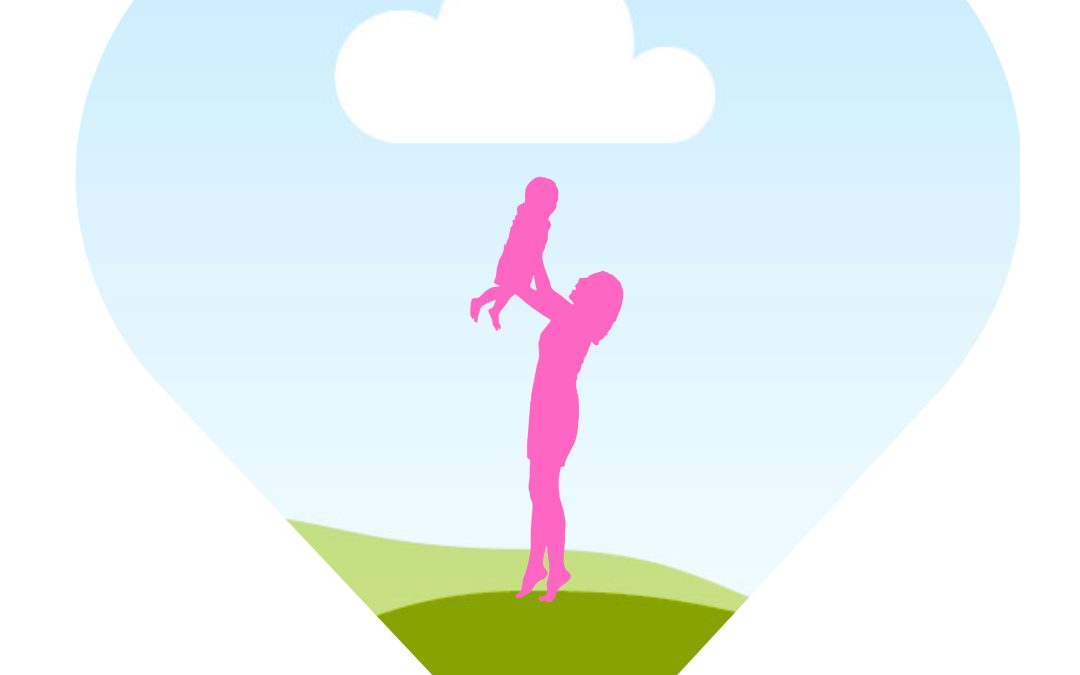Dawn has not yet risen over Europe’s rooftops. In the half-light of her kitchen, a mother silently calculates the month ahead, staring at a cup of coffee she has no time to finish. In the next room, a child is still asleep, his school bag resting against the wall like a block of stone. Outside, the continent is rich, connected, modern. Yet an invisible hunger grows, a hunger not measured in calories, but in chances, in dignity, in equal footing.
According to Eurostat, 24.2% of children in the European Union live at risk of poverty or social exclusion, compared to 20.3% of adults. That is nearly 19.5 million children, children who should be learning, running and dreaming, not counting.
A strong continent, a fragile childhood
The contrast borders on the absurd. How can the most prosperous union in history allow one in four of its children to stand so close to the edge?
The vulnerability deepens precisely when school begins. Between school meals, transport, clothing, supplies, energy and food, the cost of raising a child rises with age, while household income in most families does not rise at the same pace. European figures are unequivocal: households with school-age children are 1.3 to 1.8 times more likely to face poverty than the general population.
Nor is this merely a European problem:
- In the United States, nearly one in five children lives below the poverty line (US Census Bureau, 2024).
- In Japan, the rate reaches 13.5% (Ministry of Health, 2024).
- In emerging economies, the World Bank reminds us that each additional year of education reduces the risk of poverty by an average of 9%.
Everywhere, one equation holds: schooling shapes the economic fate of nations, and it is where family vulnerability silently concentrates.
Inherited poverty, inherited destiny?
One figure is enough to stop the breath: 61.2% of children whose parents have a low level of education are at risk of poverty, compared with just 11% when parents hold a higher-education degree (Eurostat, 2024).
A child’s future is thus determined not at birth, but by the education of those who raise them. Not a Greek tragedy, but a modern statistic.
The picture is even starker for single mothers: 41% of single-parent families in Europe are at risk of poverty. Not for lack of effort, but because the current economic system weighs twice as heavily on those who stay, who nurture, who assume everything.
Meanwhile, inflation in housing and food (the two unavoidable expenses) devours the month before it even exists.
ESG as a lever, not a slogan
For too long, ESG has been waved like a banner. It is time to turn it into a tool. Approached pragmatically, not as a moral emblem, but as a measurable economic instrument, ESG can genuinely alter the equation for families.
Three levers, no more, have the power to shift outcomes at scale:
- Work and flexibility, the Social “S”
The OECD is clear: a 1-point rise in female employment adds 0.4-0.5 points of GDP. Work flexibility is not a perk: it is macroeconomic infrastructure, especially for mothers of school-age children.
- Housing and energy, the Environmental “E”
Renovating inefficient housing and reducing energy waste is not only “green”: it lowers housing costs, often 35-40% of a family budget. Good environmental policy is, in practice, social policy.
- Transparency and incentives, the Governance “G”
With verifiable social reporting, the EU can direct capital toward employers who support families, not those who exhaust them.
ESG is not the enemy of economic growth. It is its modern condition.
One question remains
The wealth of a continent is not measured by its GDP, nor by the glasses raised in its capitals. It is measured by the weight of a school bag a child can carry without his mother collapsing under the weight of the month.
Invisible hunger has no sound, no scream. It does not appear on pavements or in headlines.
It hides in the shadows: a school trip declined, a winter coat worn a year too long, the adult gaze in a child’s eyes.
The question is not: “Can Europe afford it?”
The only real question is:
“Will Europe invest in its children with the same resolve it invests in its banks, its grids and its industries?”
Sources
- Eurostat, Children at risk of poverty or social exclusion, Statistics Explained (2024/2025).
- Eurostat, At-risk of poverty or social exclusion: people at risk, 2024.
- Organisation for Economic Co‑operation and Development (OECD), Gender equality and economic growth (2024).
- UNICEF, The State of Children in the European Union 2024.
- World Bank / OECD
- Our World in Data / World Bank Gender Data Portal

